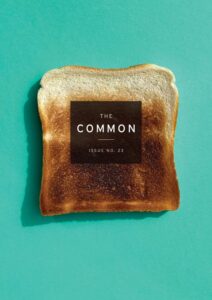Translated by JONATHAN WRIGHT
In the not-so-early morning, the beach enjoyed a calm troubled only by the swishing of the waves and the murmur of the sea against a rocky spit that extended into the water. At the foot of the white bakery, the waves broke in a monotonous sequence. The Nile Valley café, next to the bakery, shared in the morning calm—Abdul Farraj was snoozing lazily, and the waiter was having a temporary rest from his labors. Everything was calm. The sun crept slowly up the sky and poured light onto the surface of the sea and the roofs of the wooden houses, while a kite squawked on the minaret of the Askala mosque. On the western side of the horizon, the mountains lay in their blue calm, and between the sea and the mountains lay the city.












